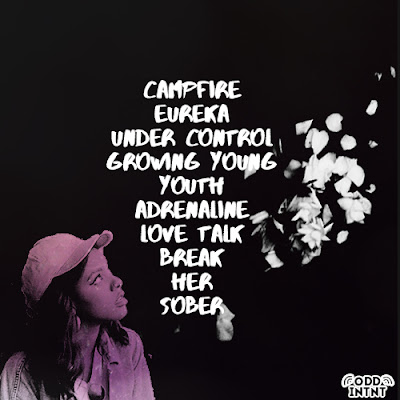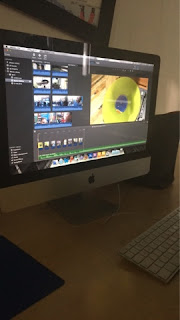Initially, we felt this because we planned to film in Dreamland and we felt with the bright lights and colours, it would fit with the aesthetic feel of the music video. After later research we realised there was an art gallery, Turner Contemporary, which we found out had a exhibition based on the idea of Risk and we liked the visual look of some of the artwork.

When arriving in Margate initially the weather was bareable, slightly cold, but it didn't deter us; however as we filmed later on, the wind picked up especially as we were by the coast and it began to get colder.
Once arriving at Dreamland, we were disappointed with the amount of displays and lights as we thought there would be more; we also hoped to film on the roller rink but realised there were too many people that would end up in the background and so we decided not to.
Heading inside we found a glass light display which was perfect and so we filmed a few lip syncing shots near that area. We also found a photo booth and we decided to film a match cuts of myself changing my outfit; as we found out from our previous feedback that many people liked this and found it effective.

Filming in the art gallery was successful as we managed to get a variety of shots that matched the bright colours from earlier.
However, we also managed to film some soft pastel scenes which balance out the gaudy lights that reoccur throughout our music video.
Unable to film any lip-syncing videos, we instead focused on filler shots, my favourite shot being the one when I walk into the projection as it mirrors the previous intertextual shots.
We also filmed in and around the art gallery and managed to get a variety of shots.
My favourite shots were the ones we filmed in the arcade as the bright colours and vivid background made the shot eye catching and interesting.















